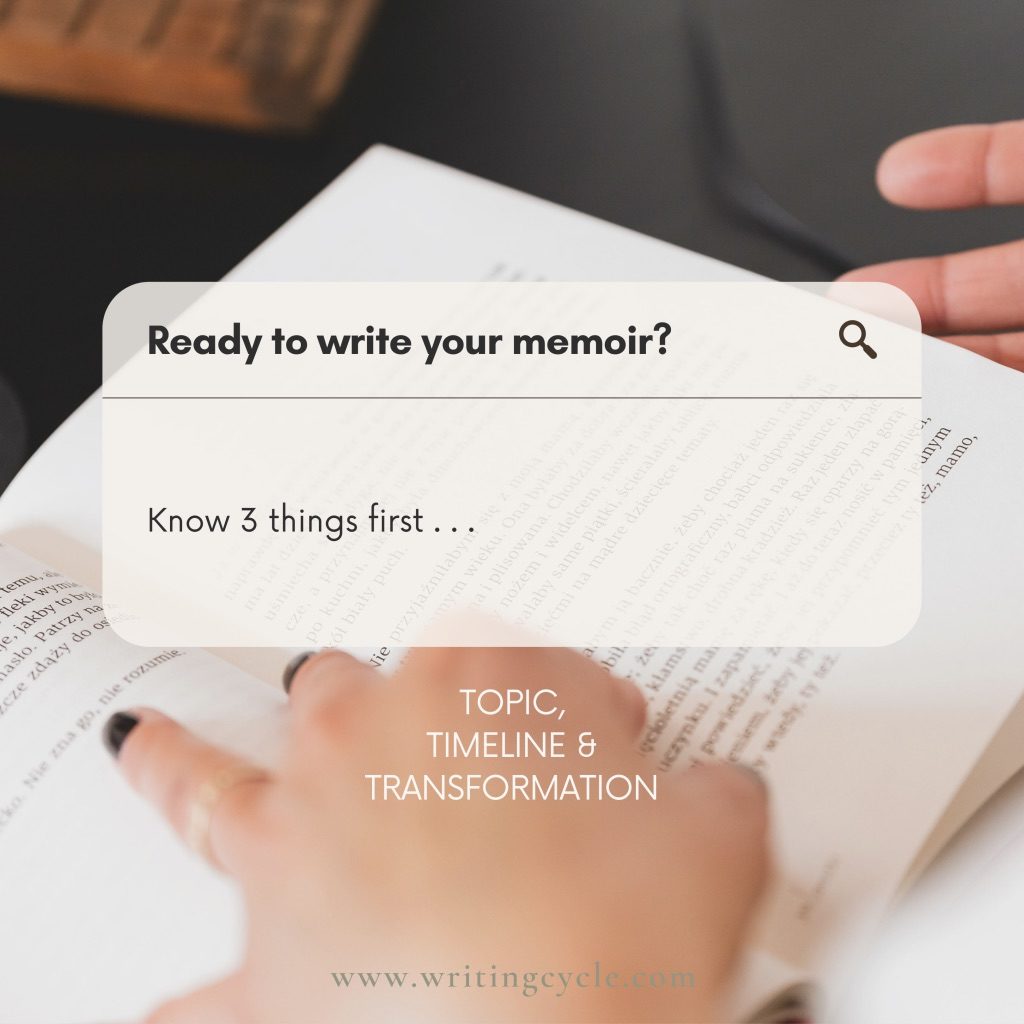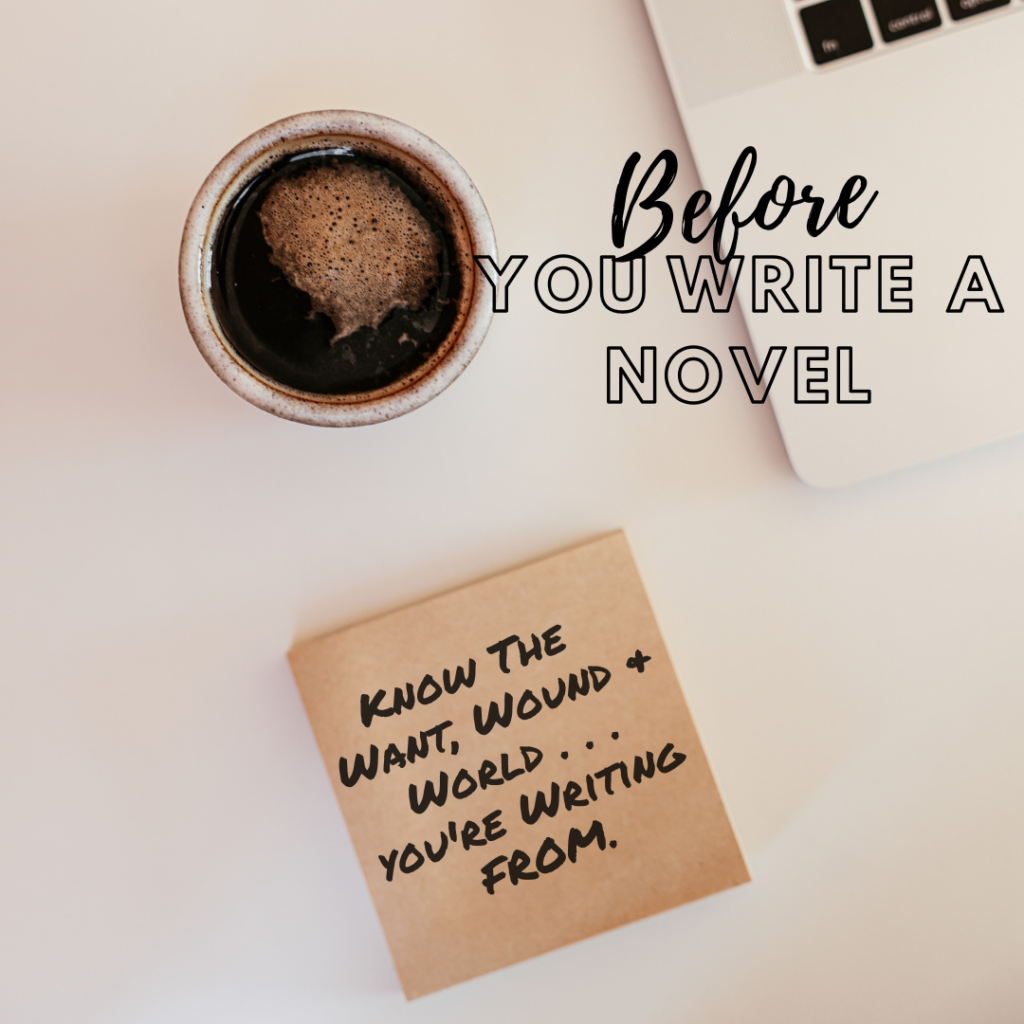How To Hook Readers
3 Essential Tips for Openings
The rise of online submissions systems means your manuscript will first be encountered by agents and editors in digital format. Form affects experience; people’s attention spans are shorter online. Add to this the fact that agents and publications lack the staff to read thousands of unsolicited submissions to completion, and it becomes clear just how essential it is to hooks readers on page one.
Likewise, e-readers now allow buyers to download the opening of a book as a free sample prior to purchasing the title. This means readers no longer buy based on jacket copy or cover art, but based on the experience authors create on page one.

But what’s needed to hook a reader?
Some writers mistakenly believe an opening must contain a gimmick or scene of high drama, when what readers really crave is focus. Readers enter the world of a story blind. A smart author provides readers a toehold in this world by zeroing in on questions readers yearn to answer. When it comes down to it: a hook = a question.
Does your opening hook readers with key questions?
Read through the first three pages of your work-in-progress to see if you can clearly identify:
1. What’s the plot question?
Every story is a mystery, no matter the genre in which you write. Readers read on in order to uncover answers: Will the lovers stay together, will he find his father’s killer, will they survive the war . . . will she ever change? Plot refers to the literal action of a story, and it’s important to frame this central conflict in terms of a question, explicit or implied, in the first three pages.
2. What’s the clock?
Clock refers to the duration of time it takes for the present action of a book to unfold—not backstory. Readers appreciate the brackets a clock provides; these tell them when a story will end or what event a narrative is building toward. A clock might span the duration of a holiday weekend, road trip, tour of duty, or beta-test visit to a prehistoric amusement park. The event a book is building toward might be the verdict in a trail, resolution of a mystery, revelation of a secret, wedding or break up, or championship sporting event.
The tighter the clock, the greater the tension.
Note: The clock on a memoir can never comprise the story of your entire life, although you will weave formative moments from throughout into the backstory. Clocks on memoir must be tight, and focused around a particular topic.
Joan Didion presents both topic and timeline in the title of The Year of Magical Thinking, which comprises one year following her husband’s sudden death and explores grief via magical thinking. Cheryl Strayd used the duration of a solo hiking trip along the Pacific Crest Trail to frame the present action of her memoir Wild. Although she includes memories, such as the loss of her mother and demise of her marriage, challenges along the trail serve as plot. The length of a life would be too long a clock and too unfocused a topic for anything but backstory.
3. Why now?
“Why now?” refers to the inciting incident that occasions a plot. Every opening requires a reason events are unfolding today as opposed to at any other time in a main character’s life. The closer you move the inciting incident to the opening, the better.
Antonya Nelson, author of the acclaimed collection Funny Once, encourages writers to think of occasion in medical terms: When you attend an hour-long doctor’s appointment or therapy session, you cannot cover the material of your entire life. Instead, you must answer the question, “What brings you in today?” This is the presenting condition. Underlying this may be chronic conditions that get brought to light as a result.
If you cannot clearly identify plot, clock, and occasion in your opening, read onward to find where each first appears in your draft. Look for ways to work these in earlier. If you’re writing memoir, focus on creating an organic clock to frame your book. If you’re writing a novel, ensure the plot question is implied in the opening.
Remember, your opening hook may end up being one of the last things you write. Great openings get discovered in the revision process; they are rarely the first lines drafted. Often, writers find their true opening buried somewhere on page five.

Clock & Plot In Action
Here’s the first line of Ron Carlson’s short story “The Summer of Vintage Clothing” from Harper’s: “Ruth was dressing for Vicky’s party when Carl came home and told her he had lost the turkey.”
Don’t let the straightforward prose deceive you; it’s a crafty line. First, it gives readers a clock, telling them when the story will end. (Still don’t believe how important this is? Imagine sitting in a meeting and not knowing if it would last an hour or a full day . . . or if you had no idea whether this article would run three or three hundred pages.) In this case, we understand the bulk of the narrative will focus around Vicky’s party.
Carlson’s first line also raises the story’s plot question: What happened to the turkey? How did Carl lose it?
Quickly focusing clock and plot is no less essential for novelists. Consider the opening paragraph of Anne Rice’s bestselling Interview with the Vampire:
“I see,” said the vampire, and he walked across the room towards the window. For a long time he stood there, against the dim light from Divisadero Street and the passing beams of traffic. The boy could see the furnishings of the room more clearly now, the round oak table, the chairs. He set his briefcase on the table and waited. “But how much tape do you have with you?” asked the vampire, turning now so the boy could see his profile. “Enough for the story of a life?”
The novel’s title provides the clock for the current story: the span of an interview. The clock on the backstory will be longer, but equally focused – comprising the length of the vampire’s life. In one short paragraph, Rice gets an epic novel up and running, its ground rules clearly laid out.
Explicitly, the interview occasions the story, providing the answer to “why now?”.
Plot questions are also immediately raised. Any interview entices readers to wonder what secrets will be revealed in its course. Implicitly, more serious tension emerges. Note the repetition of descriptors in place of names: the vampire, the boy, the vampire, the boy. Rice uses these to remind readers that this interview, however polite it may seem on the surface, remains a dangerous situation. Someone’s life is at stake. If our understanding of vampires is that they kill humans to drink blood, a plot question becomes: Will this vampire kill this boy?
Occasion Reflects Theme
Our greatest challenge when we write fiction lies in unifying abstract thematic concepts with concrete plot actions. The goal of writing about a character who yearns to overcome his fear of failure is a concept—creating a situation in which he has an opportunity to do so becomes plot. Therefore, the earlier question “Why is this story happening now?” necessitates not only a specific action to throw a story into motion, but also that this action reflect the story’s larger theme. For example, a story about perspective may open with a statement followed by a contradiction of that statement. A story about inner change may open with an abrupt outer shift for the main character.
Which brings us back to “The Summer of Vintage Clothing.” In this story, the presenting condition is clear: Carl has lost the turkey the couple was supposed to bring to Vicky’s party. Carl’s bumbling retelling of how the turkey came to be misplaced (and, later, his recollection of where he left it) bookend the tale and serve as plot. Yet as we read on, we see how this incident also raises the chronic condition of the couple’s married life: Ruth, Carl’s wife and the story’s protagonist, is feeling increasingly disconnected from her husband and teenage son, Sean. At the start, Ruth yearns to believe that she and her son are in alliance, that father and son couldn’t be less alike. Over the course of the evening, plot actions occur that lead her to realize both men have become strangers. They are male; she is a female. Sean is young; she is aging in a society hostile to aging women. That which was once ironic (horror movies, vintage clothing) has now become genuine and terrifying. Since the story explores loss and alienation, it makes sense to open with a lost object. In this way, the occasion reflects the thematic question the author wants to explore. Yet all that really matters to hook readers on page one is, what happened to the turkey?
Jennifer Eagan’s Pulitzer Prize-winning A Visit From the Goon Squad similarly demonstrates how thematic questions can arise from (and even be resolved by) opening scenes. She introduces the theme of connection via a familiar set-up: a blind date between strangers (Sasha and Alex). Readers immediately wonder if the two will get together.
During the duration of the date, a women’s wallet goes missing. Sasha has stolen it. Sasha’s plot goal is to hook up with Alex. (Also, not get caught stealing!) But her deeper yearning (reflecting theme) is for connection, which she rarely achieves because she’s always distancing herself via obscuring, stealing, and lying. Sasha ends up being confronted by the lady about the wallet in the restroom, where, unexpectedly, she tells her the truth and feels SEEN and truly KNOWN. At the end of the date, Sasha and Alex have sex, but it’s described less intimately and receives less page space than the scene with the lady when they lock eyes and share truths. The main character achieves her yearning for connection just not via her original goal. Yet readers still leave satisfied because the relationship between the opening hook and overall theme are aligned from the outset.

Bonus: Let Titles Add Tension
You’ve seen examples in which titles can imply clock by evoking some event with a familiar beginning, middle, and end. (Think: trial, interview, journey.) Allow your title to also evoke tension by raising questions that hook readers in their own right. Consider the title Presumed Innocent. What tension and questions might those words raise when placed together?
Also, notice the way your title juxtaposes with your opening line. The very first line of Toni Morrison’s Paradise is: “They shoot the white girl first. “ Not only does this single sentence raise a dozen questions, it gains additional complexity immediately following the book’s title. After all, when we think of the concept of “paradise,” we do not usually conjure visions of mass shootings involving young people and race. Placing such a title before such a line adds dimension to an already extremely effective opening.
- Practice identifying plot, clock, and occasion in books you read.
- Then see if you can identify these elements in your current work-in-progress.
- Can you move any closer to your beginning?
Always focus revision efforts on openings, as these are most likely to make or break a book under consideration for publication or sale. The more clearly focused these elements become, the easier it will be to beckon readers into a fictional world and captivate them.
*An earlier/similar version of this article first appeared in The Review Review in March 2015.
Leave a Reply Cancel reply
Submit
LET's GET STARTED.
Hi, I'm Carol,
an Arizona-based editor who turns ideas into art. Need to get your book publication-ready?
Receive
Copyright © 2022 The Writing Cycle
Brand Photos By: Hayley Stall Matt Allen
Sign up for our quarterly newsletter and gain immediate access to free writing resources.
Stock Photos By: Styled Stock House

